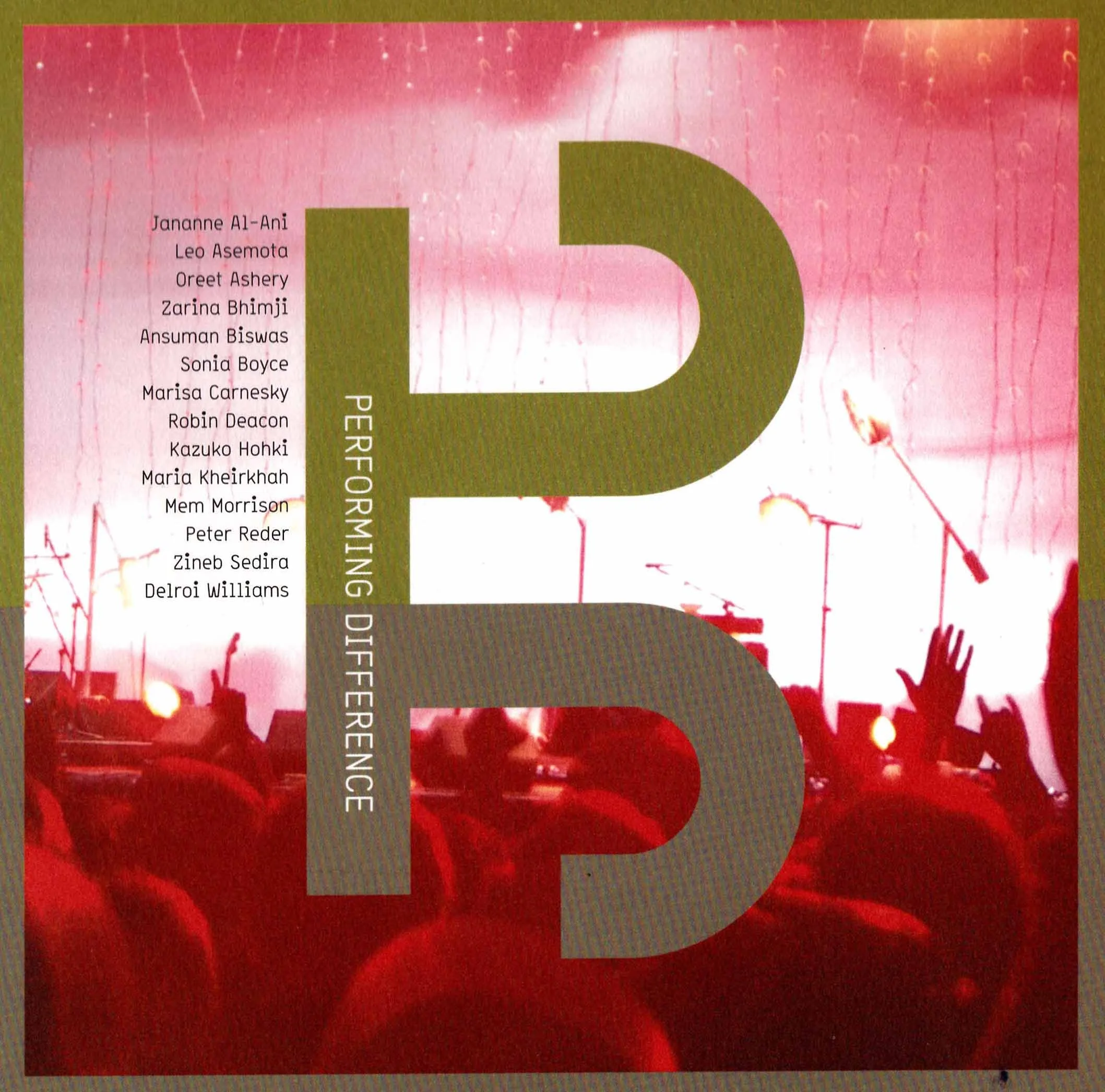Spanning installation, film and photography, Maria Kheirkhah’s practice is driven by her exploration of the increasingly urgent desire to communicate and be understood in the contemporary reality of continuous cultural juxtaposition and perpetual circulation of difference. Approaching her works as a form of dialogue, she is concerned with questioning perceptions of self and other, and with revealing hidden or unacknowledged meanings as well as exposing misunderstandings. Through her working process, Kheirkhah challenges both herself and her audience to consider where and how one may position oneself, and to engage in communication which simultaneously questions and pushes boundaries and opens up possibilities for exchange.
In a number of works the artist becomes both observer and observed and the tension in her practice emanates from this position of looking inwards and outwards simultaneously. Kheirkhah has stated that her work is greatly informed by her background, and that her move to the UK from Iran registered an intellectual and emotional shift in her perspective on the world. Seemingly held in suspension, her works occupy an equivocal space between standing still and moving onwards, and between fixity and dissolution.
Interested in both language and performance, Kheirkhah often mobilises images, texts and objects out of context in order to reveal underlying nuances and obscured meanings. In Schehererezade’s Carpet (1997) she destabilises the notion of the Persian carpet as exotic commodity by fabricating a carpet from sand. Created in situ, the piece is both temporal and performative and, being made of sand, is defined by its ephemerality – it is always in danger of falling apart or being blown away. Denied the possibility of becoming a commodity by its lack of permanence, the work also makes apparent a wider context as beneath the sand are revealed photographs of actual carpet makers, enduring conditions of hardship. Khamoosh (2001) evokes both loss and revelation through the mobilisation of a single word. Candles are laid out to spell ‘khamoosh’, which has three meanings in Farsi – ‘unlit’, ‘dead’ and ‘silent’. By lighting the candles, the meanings of the word are juxtaposed with the action of bringing to light and keeping alive and the work becomes a poignant, yet evanescent, memorial.
Two recent and on-going projects, In Love with a Red Wall and Nobody but me, involve Kheirkhah placing herself within the conceptual and contextual environment of her work. In Love with a Red Wall is a photographic installation which explores the universal tension between the desire to be understood and the realisation that truly lucid communication is impossible, hindered as it is by the complexities of language, perception, desire and illusion. Large-scale images depict the artist coming face-to-face with and confronting a sumptuous red wall. The deep red of the wall, symbolising love, is inviting and seductive, yet the invitation is illusory and the wall is ultimately impenetrable. In Love with a Red Wall is ostensibly a meditation on the painful acceptance of the inevitability of unfulfilled desire and the failure of communication across borders.
Kheirkhah’s performative exploration of self is taken further in Nobody but me, as a continually evolving and shifting subjectivity is evoked through the process of journeying. Documenting herself walking along the shores of the Caspian Sea, through both photography and film, the artist is present but unseen. We become aware of her through traces, as her shadow floats across the sand and her footprints appear and then disappear as they are washed away by the sea. To be installed as a photographic series on the floor or projected as a film, this work-in-progress acutely reveals Kheirkhah’s desire to perform her practice as both observer and observed, and suggests selfhood as a fluid arena, continually shifting and always in process.
